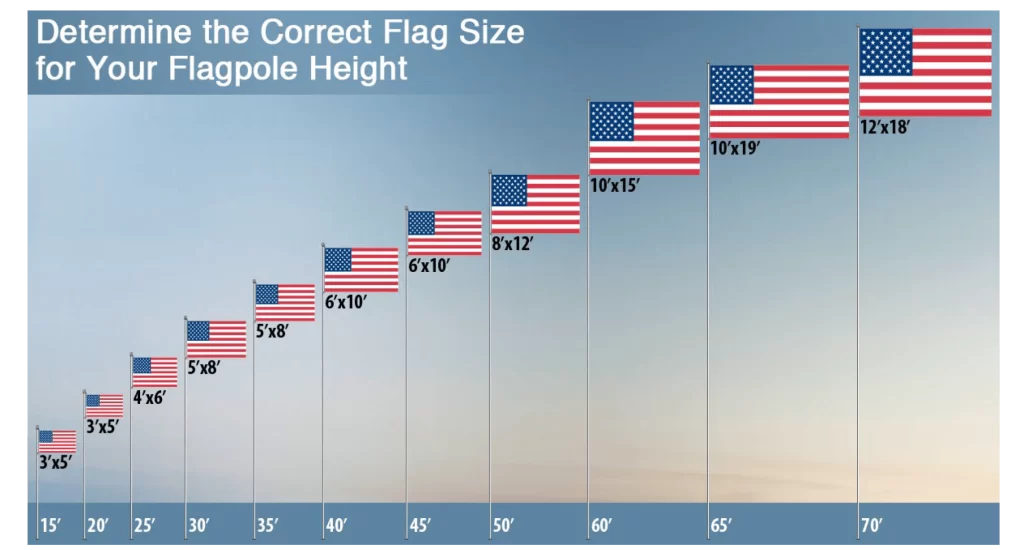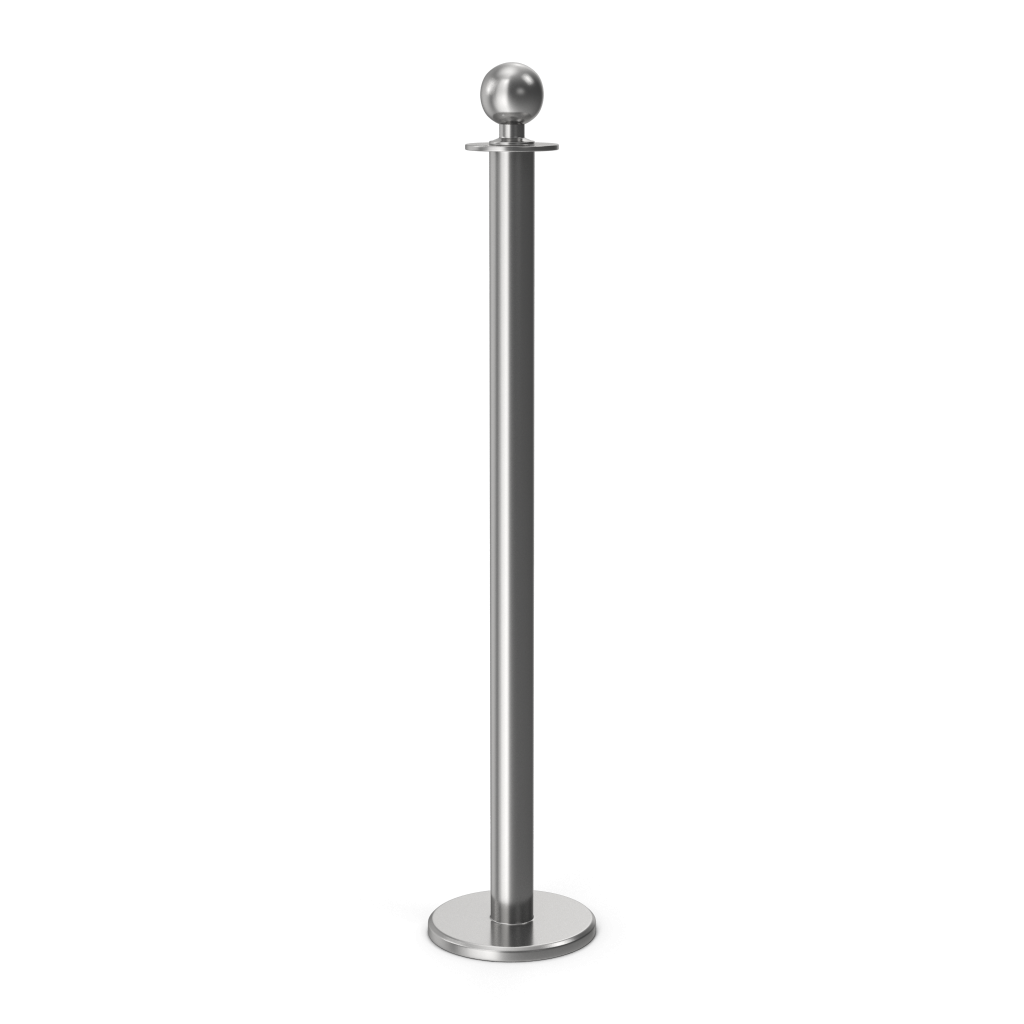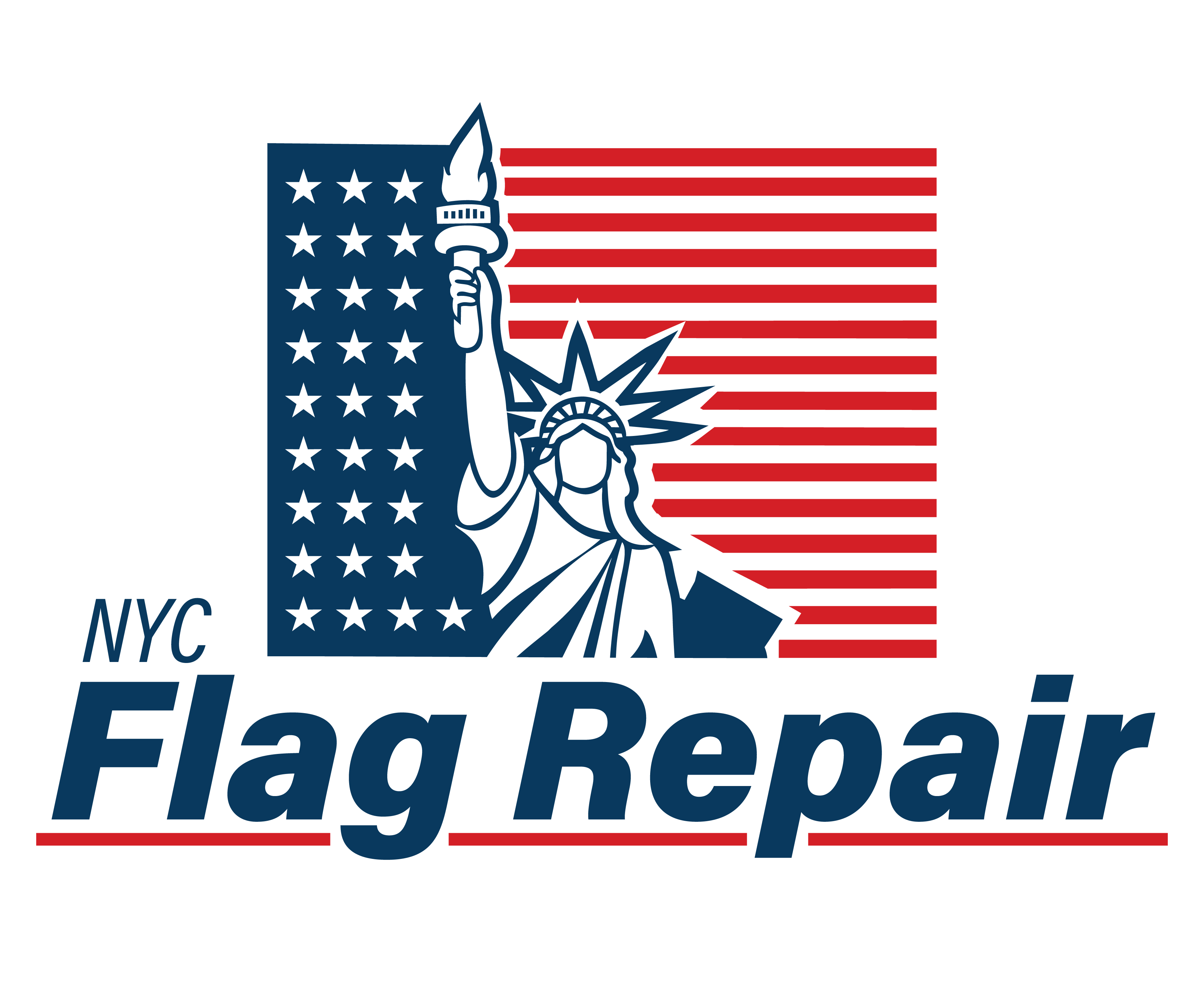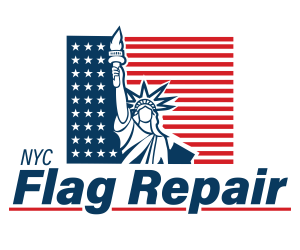Choosing an Inground Flagpole
Rope System
Table of Contents
There are three types of rope systems available for flagpoles:
- External Halyard: This is the most common and cost-effective system, where the ropes are located on the outside of the pole. The flag is raised and lowered by pulling on the external rope.
- Internal Halyard Rope: Similar to the external system, this uses the same type of rope, but all of the rope is housed inside the pole when the flag is raised. The pole has an opening with a cam cleat that locks the rope in place, providing added security and a cleaner appearance.
- Internal Halyard with Stainless Steel Cable: This system uses a 1/8-inch stainless steel cable instead of rope. The flag is raised and lowered with a crank handle, offering enhanced durability and security.
Ready to showcase your pride?
Size/ Butt Diameter
When considering a flagpole, two important dimensions are the height above ground and the butt diameter. The butt diameter refers to the thickest part of the pole at its base. Our flagpoles start with a butt diameter of 5 inches, and the wall thickness begins at .125 inches, ensuring strength and durability.
Flagpole Sizes and Recommendations
When selecting a flagpole, height is crucial for both visibility and functionality. Our flagpoles start at 20 feet and are available in 5-foot increments, allowing you to choose the ideal height for your specific needs. We can provide any pole size starting from 20 feet and going up in these increments to meet your requirements.
We typically recommend a 30-foot flagpole for most settings. A taller pole not only enhances visibility but also increases the likelihood of the flag catching the wind and flying freely.
Sample Pricing:
- 20-Foot Aluminum Pole: Satin finish, 5″ butt diameter, .125 wall thickness. Installation included.
Approximate cost: $5,400.
- 30-Foot Aluminum Pole: Satin finish, 6″ butt diameter, .156 wall thickness. Installation included.
Approximate cost: $5,400.
- 50-Foot Aluminum Pole: Satin finish, 10″ butt diameter, .188 wall thickness. Installation included.
Approximate cost: $16,000.
These prices include professional installation to ensure your flagpole is securely and properly set up. With the option to select any pole size starting at 20 feet, you can achieve the perfect height for your property. The higher the pole, the more visible and dynamic your flag will be as it catches the wind.

Materials
Flagpoles can be made from fiberglass, aluminum, or steel. For poles under 80 feet, we recommend aluminum due to its durability and lightweight nature. We typically do not install fiberglass poles. Steel is reserved for flagpoles over 80 feet, where additional strength is required.

Finish
Aluminum flagpoles typically come in a standard silver satin finish. For added protection and a custom look, they can be anodized with a color coating at an additional cost. Additionally, aluminum poles can be powder coated in virtually any color you desire, offering a wide range of customization options.

Wind Speed Rating
Flagpoles are engineered to withstand specific wind speeds, which is crucial for ensuring safety and durability. Here are some additional considerations:
Flagpole Wind Speed Ratings with Flag Attached: While most poles can withstand 100 mph winds without a flag, it’s important to know the rating when a flag is attached. Wind ratings typically decrease when a flag is flying, so it’s advisable to lower or remove the flag during high winds to prevent damage.
Zone-Specific Wind Ratings: Wind speed ratings can vary based on geographic location. Coastal areas, for instance, may require flagpoles with higher wind speed ratings due to more frequent high winds. We can provide poles specifically rated for your area’s wind conditions.
Factors Influencing Wind Ratings: The height and material of the flagpole, as well as the size of the flag, all affect the wind speed rating. Taller poles and larger flags require higher wind speed ratings to ensure stability.
Upgrading Wind Ratings: If you’re in an area prone to extreme weather, consider upgrading to a flagpole with a higher wind speed rating. This can provide added peace of mind during storms or hurricanes.



